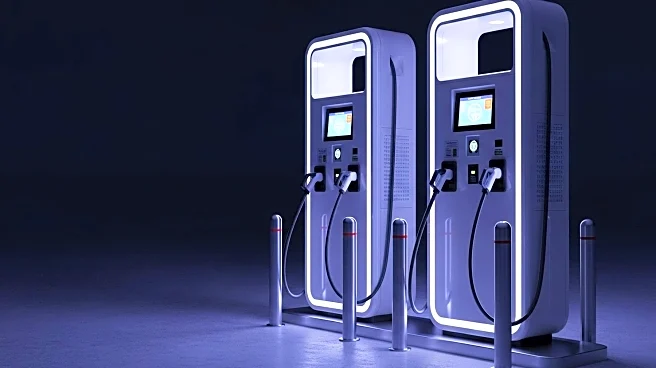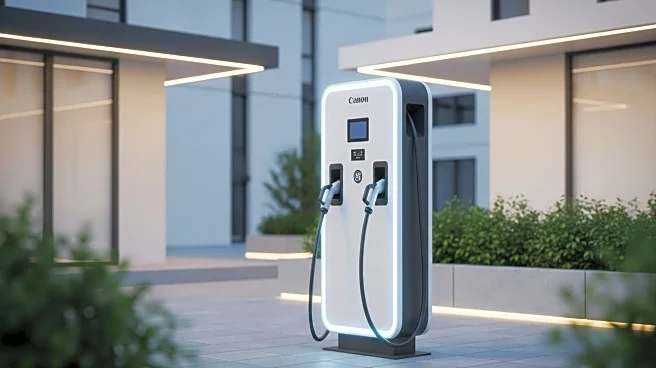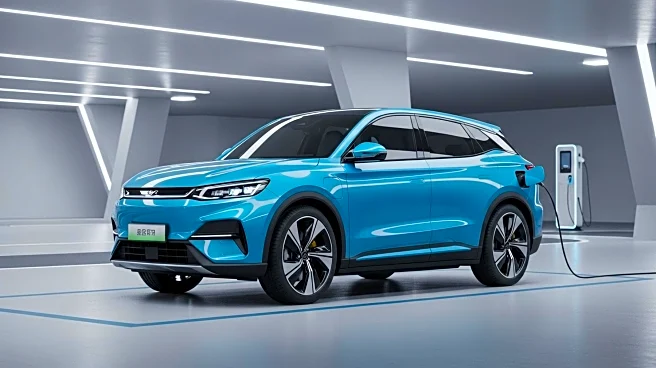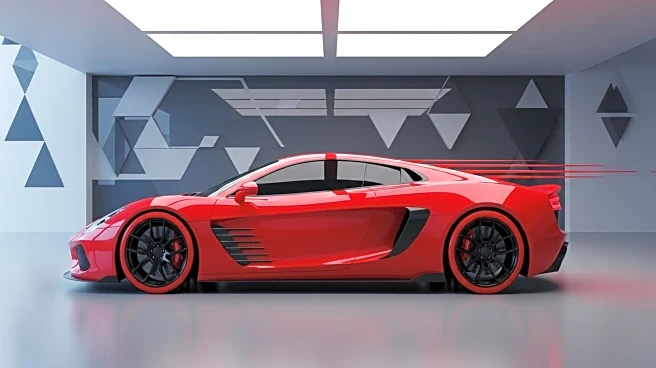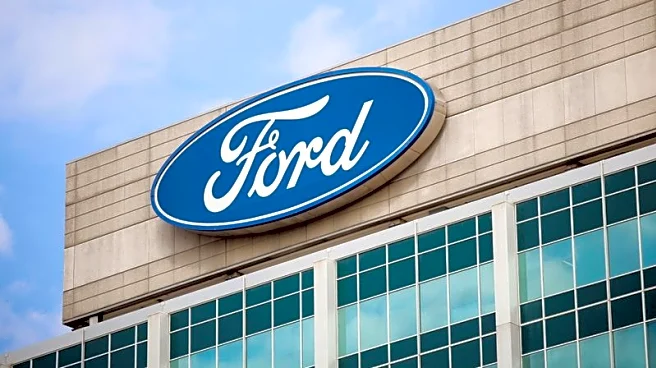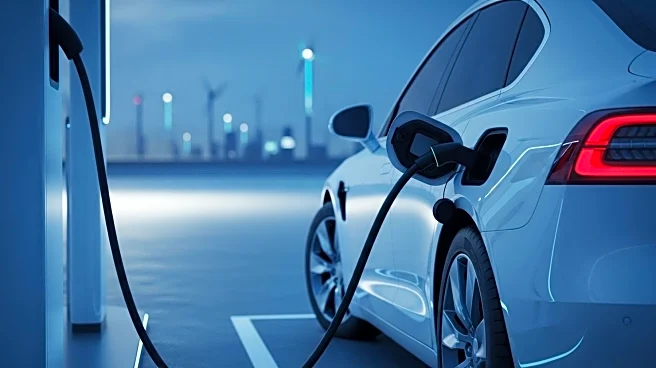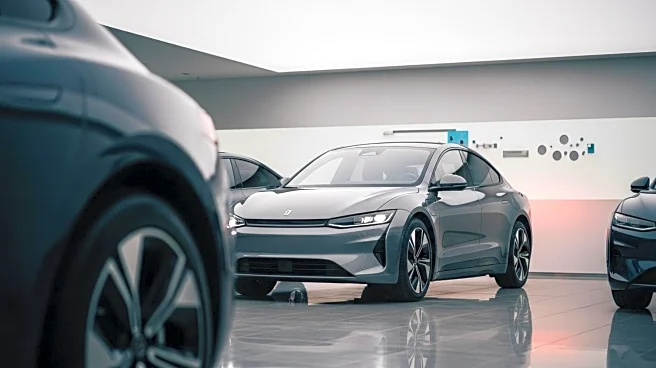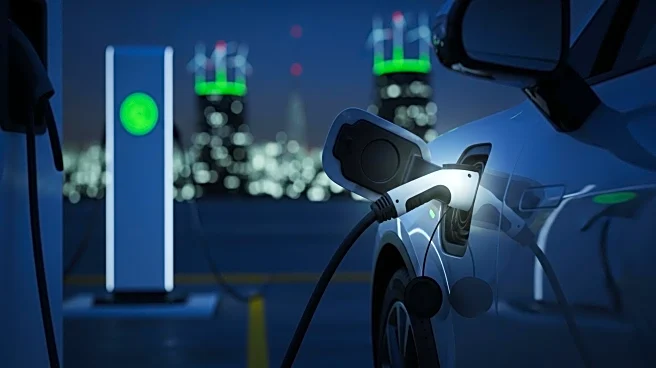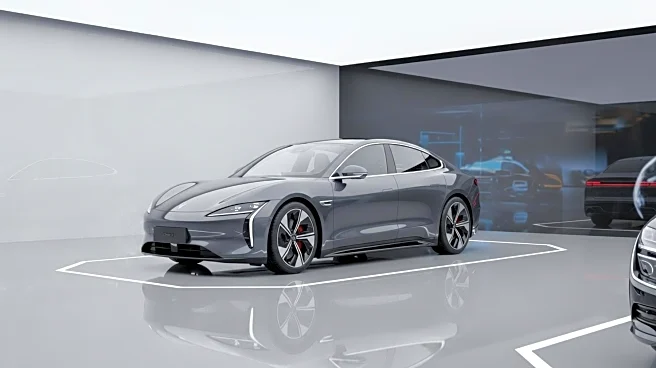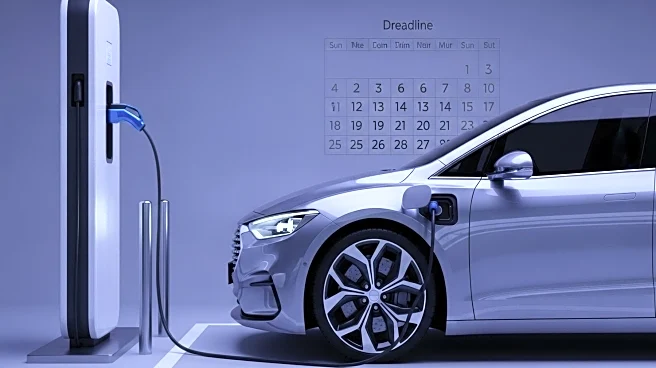What's Happening?
As the deadline for the US electric vehicle (EV) tax credit approaches, automakers are preparing for a potential surge in sales. The tax credit, which offers significant savings to buyers, is set to phase out, prompting a rush among consumers to purchase qualifying EVs. The credit applies to vehicles with a manufacturer's suggested retail price (MSRP) not exceeding $80,000 for vans, sport utility vehicles, and pickup trucks, and $55,000 for other vehicles. This has led to speculation about which automakers will benefit most from the increased demand. Brands like Tesla, Chevrolet, and Ford are expected to capitalize on this opportunity due to their production capacity and available inventory. Luxury brands, although popular, may see limited benefits as many of their models exceed the price cap for the tax credit.
Why It's Important?
The phasing out of the EV tax credit is a significant event for the automotive industry, particularly for manufacturers of electric vehicles. The credit has been a crucial incentive for consumers, making EVs more affordable and accelerating the transition to cleaner transportation. Automakers that can meet the demand surge stand to gain substantial market share and revenue. This situation also highlights the competitive landscape of the EV market, where production capacity and pricing strategies play critical roles. The outcome of this sales rush could influence future policy decisions regarding EV incentives and impact the pace of EV adoption in the US.
What's Next?
As the deadline for the tax credit approaches, automakers are likely to ramp up production and marketing efforts to maximize sales. The industry will closely monitor sales figures to assess the impact of the tax credit phase-out. Policymakers and industry stakeholders may use this data to advocate for new incentives or adjustments to existing policies to support the EV market. Additionally, consumer response to the tax credit expiration could influence future purchasing behaviors and the overall growth trajectory of the EV sector.

